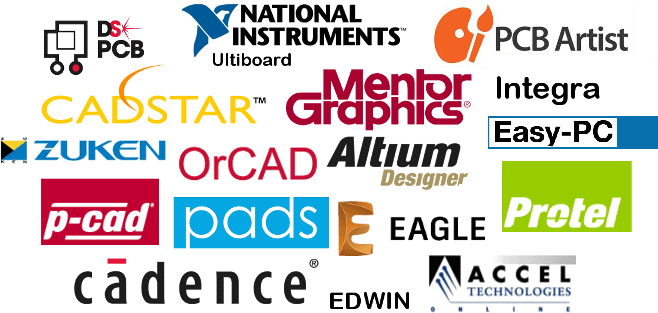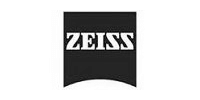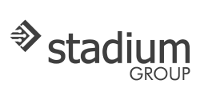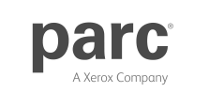What's in Pulsonix 11.0
Fast Graphics With DirectX Support
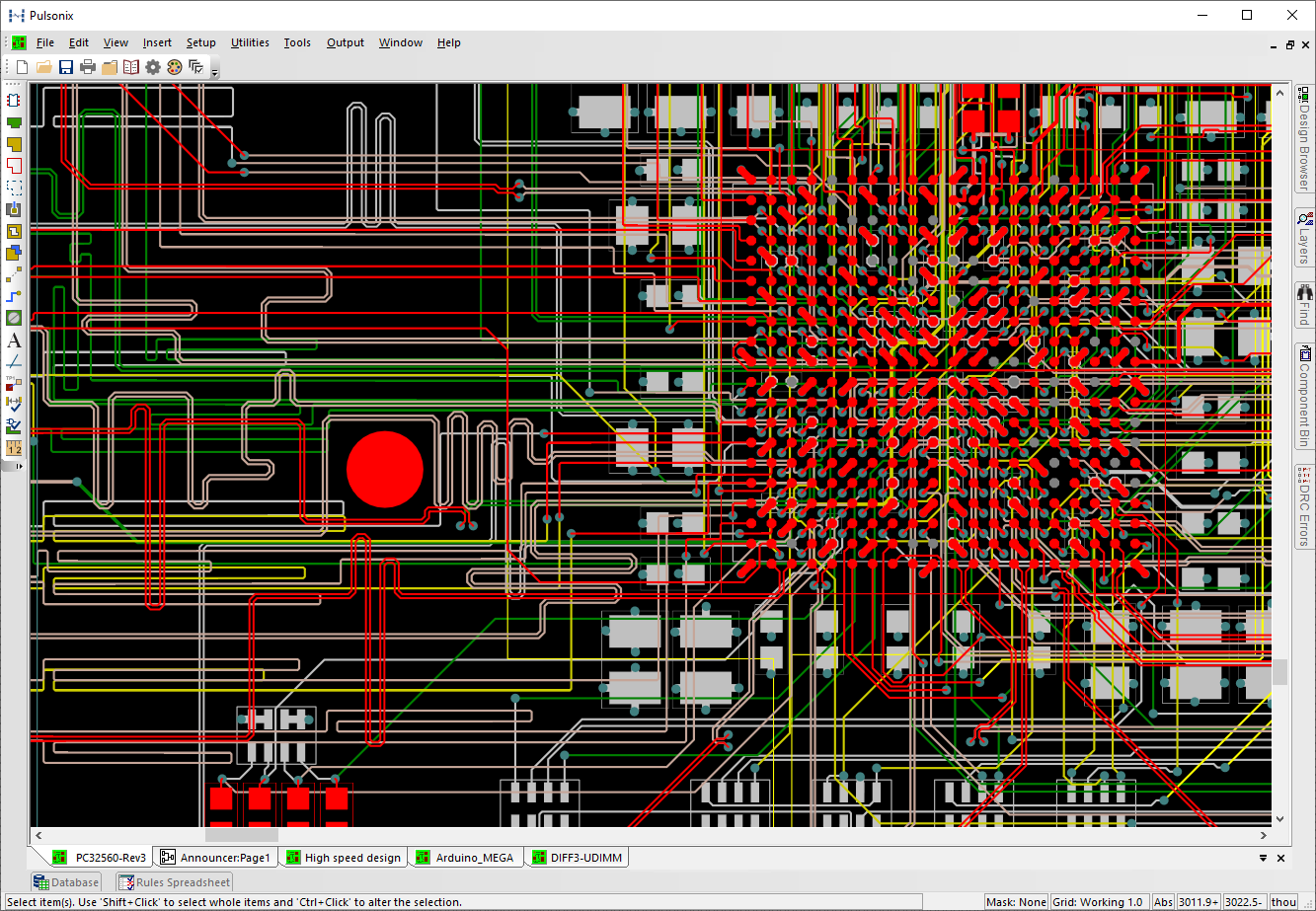
Significant speed improvements have been made to Pulsonix by completely rewriting the underlying graphics engine to
utilise the standard DirectX graphics. This standard means high performance graphics cards such as those used in the
gaming industry with powerful GPU chip sets can used and taken advantage of. Speed increases of up to 80% on large
designs have already been seen with customers!
Speed Improvements with Multi-Threading Technology
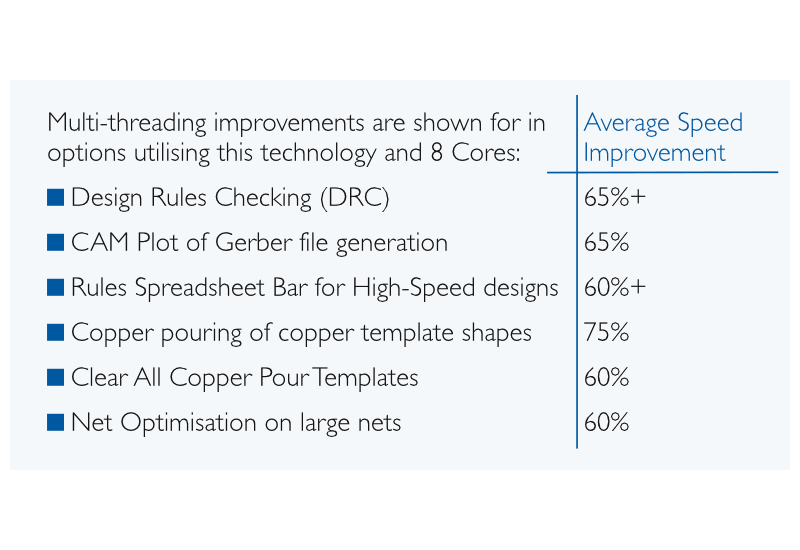
Multi-threading capability within Pulsonix has been extended with many critical functions rewritten to utilise
parallel processing technology. For processor intensive functions such as Design Rules Checking (DRC), Copper
Pouring and Net Optimisation, employing multi-threading to take advantage of multiple processor cores has
yielded significant speed increases, typically around 65% on large designs.
Back Drilling for High-Speed Designs
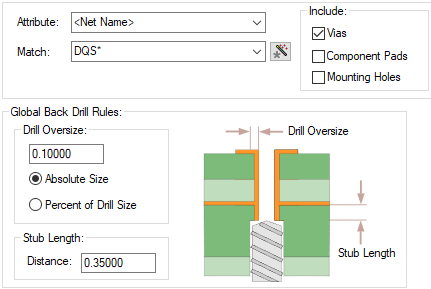
Back Drilling has been added to the High-Speed design option through an easily created rule set defined for nets that require
the removal of unwanted via or component pin stubs on through-holes. Removing stubs can significantly alleviate signal integrity
issues and signal distortion. With the rule sets defined, Back Drilled vias in the design can be quickly identified and located.
Extended Character Sets
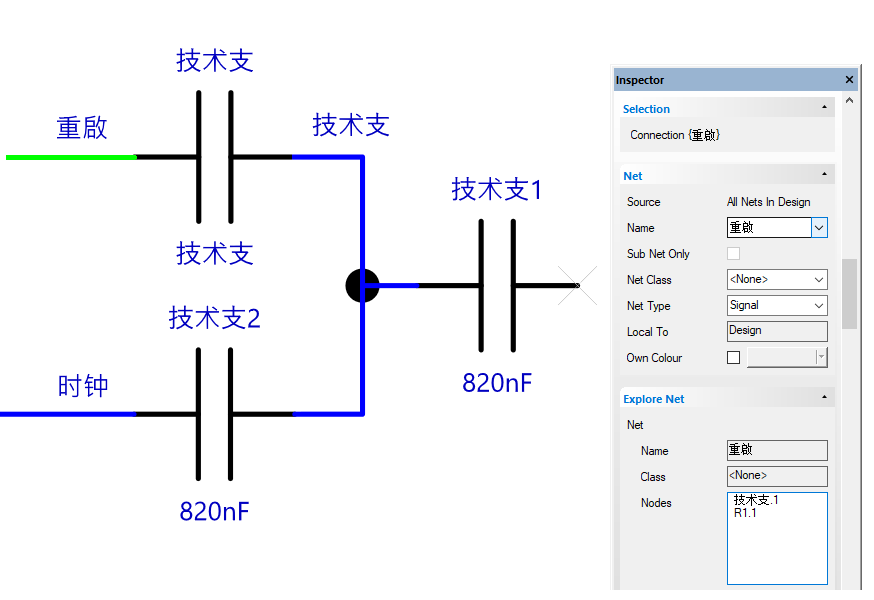
Pulsonix 11 enables full extended and international character set support using the Unicode standard. All aspects of
your design can be detailed using local languages such as Chinese, Korean and Japanese to name a few. As
well as detail, ancillary supporting mechanisms such as net and Parts lists can be exported in local languages. Also
supported are technical and electronic styled characters such as Ω, ≠, ≥, ≤, ±,
©, Ø, to add further design detailing.
Import IPC-2581 Layer Stackup
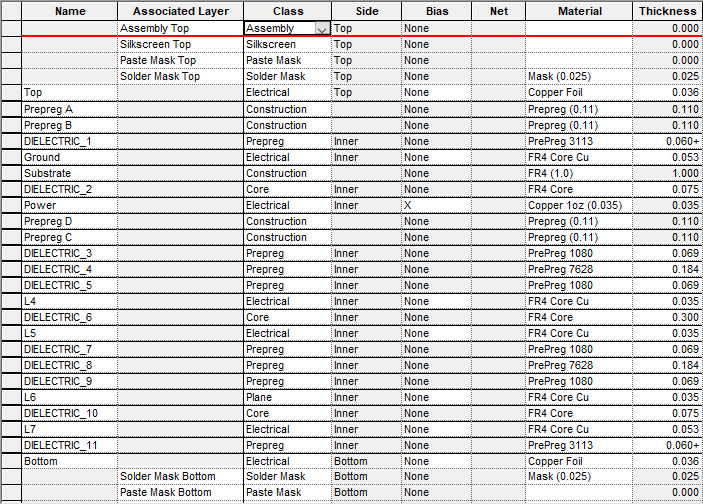
Files created for complex layer structures from external sources where the layer stack has been calculated can be
imported in IPC-2581 or CSV format. This enables a full layer stack with impedance considerations to be generated
externally and imported into Pulsonix easily. In addition, the new Reflect Layer Stack feature enables ‘half’ of
the stack to be defined and then auto-completed as a mirror image.
Differential Pair Rules
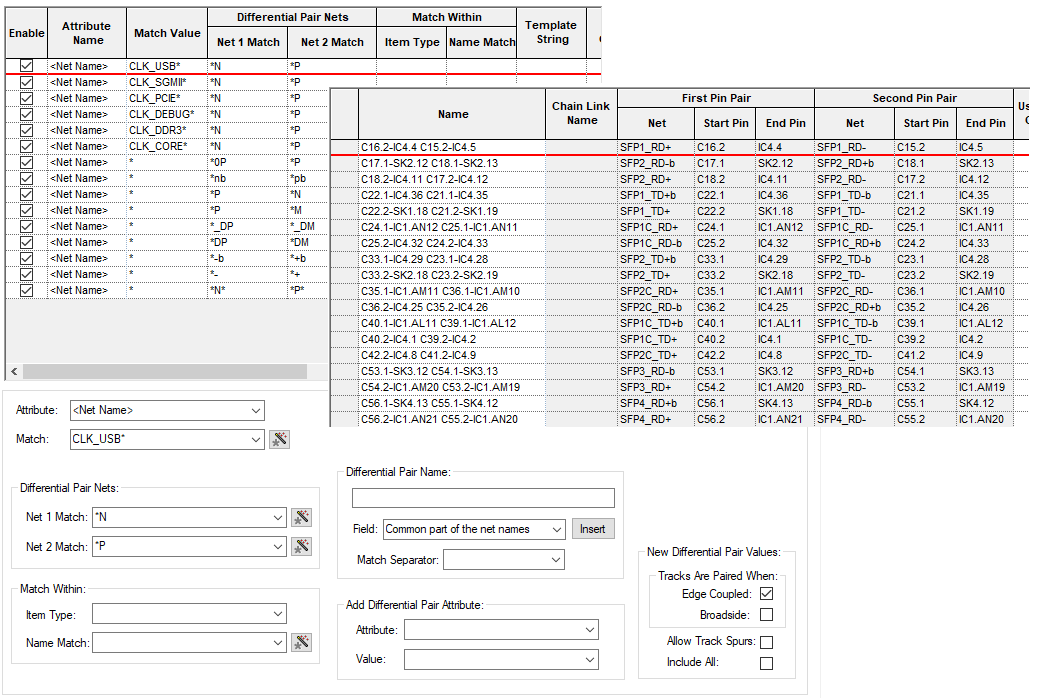
Create Differential Pair rules using the new rules definitions within the Technology. Flexible rules are easily
defined using net attributes and wildcarding which can be as unique or general depending on preference. When
critical Differential Pair via patterns are already available, such as ground returns or positionally
optimised, you can now copy this pattern and reuse it on other Pairs in the design.
Data Migration
Pulsonix delivers the largest collection of free Import Filters available in the industry. Import Schematic and PCB Designs as well as the Libraries from your current system; retain your Intellectual Property with accuracy and precision.
And where an import filter for your product is not available, please contact us to discuss other options, such as rebuilding your designs from Gerber data and reverse engineering the PCB back into a working Schematic design to match!
